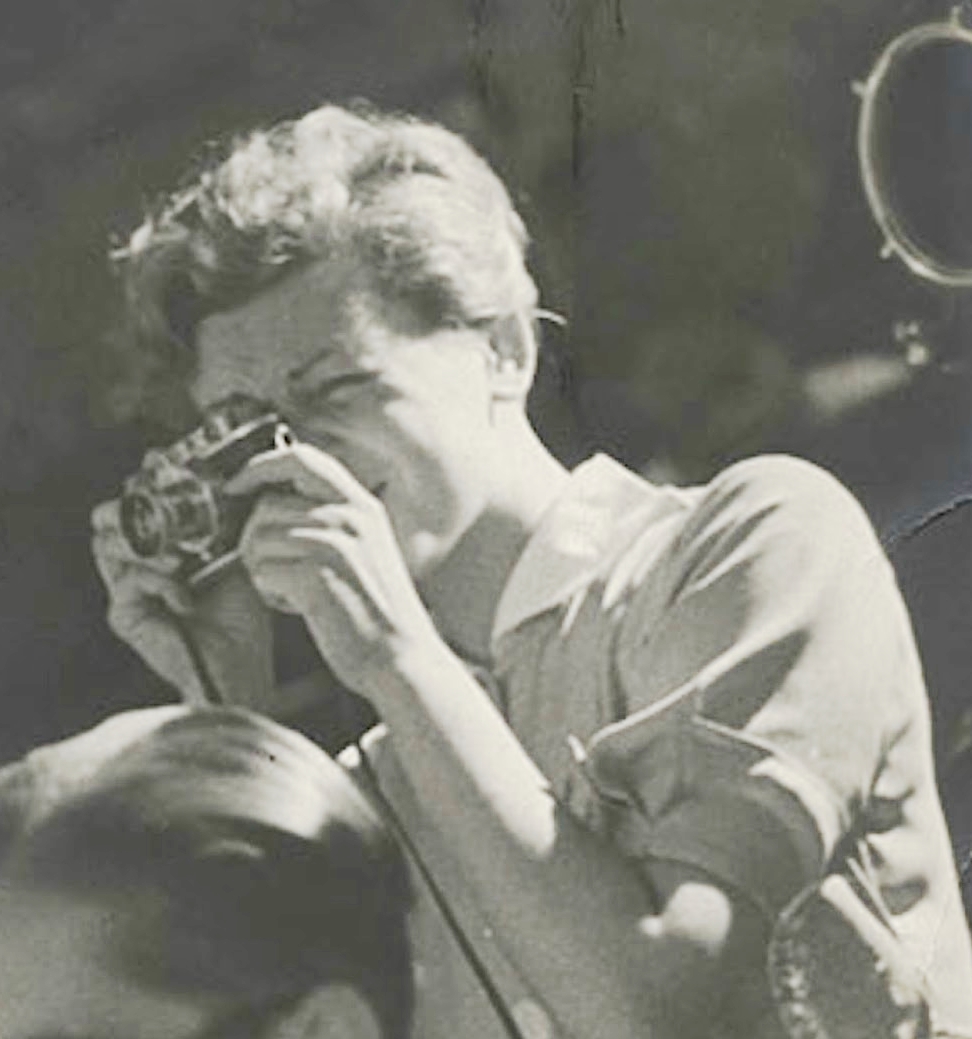Watch this space for the latest from GWD HQ, and keep your FOMO to a BM (that means Bare Minimum).

Last week, in honor of their induction into the Rock and Roll Hall of Fame, we devoted one of our entire quizzes to the band Duran Duran. When we do that, it’s called a throughline. Every round has a common thread and, for this iteration, they were all Duran Duran song titles. There was a round called “Rio” where all the answers contained the letters R-I-O, together and in order. There was an audio round called “Hungry Like the Wolf” that featured songs about stuff wolves might eat. You get the picture. One of our written rounds was called “Girls On Film,” all about female photographers and we asked a question about the fearless Gerda Taro. Let’s dive in a bit more.
One of the last tracks on An Awesome Wave, the now decade-old debut record from English art-rock band alt-J is called “Taro,” and it details the deaths of Robert Capa and Gerda Taro. Both Capa and Taro were war photographers, and both of them were killed as they tried to cover scenes of combat. The difference is that Capa lived long enough to shoot the D-Day landing, to co-found Magnum Photos, and to score a Presidential Medal of Freedom. Taro — who was Capa’s collaborator and partner — was killed several days before her 27th birthday, and has been largely forgotten.
Taro and Capa met in Paris when they were struggling to make it behind their respective lenses. They were both immigrants — he was from Hungary, she was German — and they decided to change their names and give themselves the kind of fantastic backstories that might make them more marketable. (He was formerly Endre Ernő Friedmann, she was born Gerta Pohorylle).
In 1936, they traveled to Spain to cover the Spanish Civil War, and started to find success, publishing their photos in some of Europe’s biggest magazines. Taro was especially enthusiastic — and absolutely fearless — about shooting the conflict. “She threw herself into the heart of the action, compelled to experience the conflict first-hand,” Magnum Photos wrote of Taro. “The experience sealed her reputation as a photojournalist but it also marked the end of her remarkable career.”
On July 26, 1937, she photographed the Spanish Republican retreat at the Battle of Brunete, and she only called it a day when she ran out of film. “She was elated, saying ‘I’ve got these fantastic photographs, I’ve got champagne, we’re going to have a party,'” Jane Rogoyska, the author of Gerda Taro: Inventing Robert Capa, told the BBC.
She made it to a nearby town, threw her gear on the seat of a car that was transporting injured soldiers, and she jumped on its running boards. But in a horrifying turn of events, the car was rammed by an out-of-control Republican tank and Taro was critically injured. She died in a Spanish hospital the next day, the day that she’d been scheduled to travel home to France. Gerda Taro was 26 years old.
“She shouldn’t have been there. It was a far too dangerous part of the battle,” Rogoyska told The Guardian. “But she got into this conviction that she had to bear witness. The troops loved her and she kept pushing. Capa warned her not to take so many risks.” (As a tragic sidenote, Capa was killed in Vietnam in 1954, after stepping on a landmine while covering the First Indochina War.)
Taro was the first female photojournalist to be killed on the front line of combat, but according to Magnum Photos, the first retrospective of Taro’s photographs wasn’t held until 2007, a full 70 years after her death. She is buried in Père Lachaise Cemetery in Paris. Her small gravestone features a statue of the Egyptian god Horus, and the inscription “So nobody will forget your unconditional struggle for a better world.”
Featured image courtesy of: Public Domain